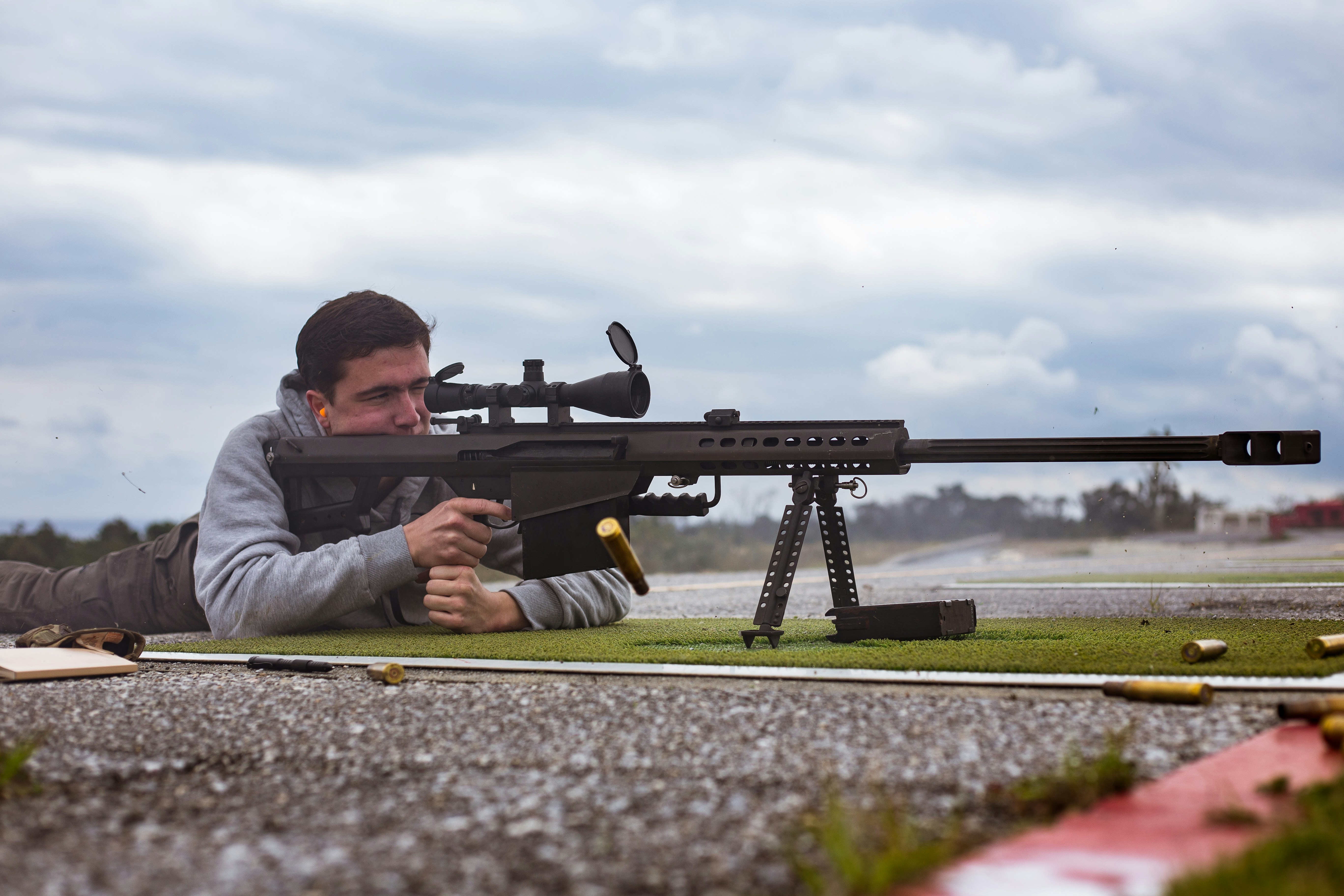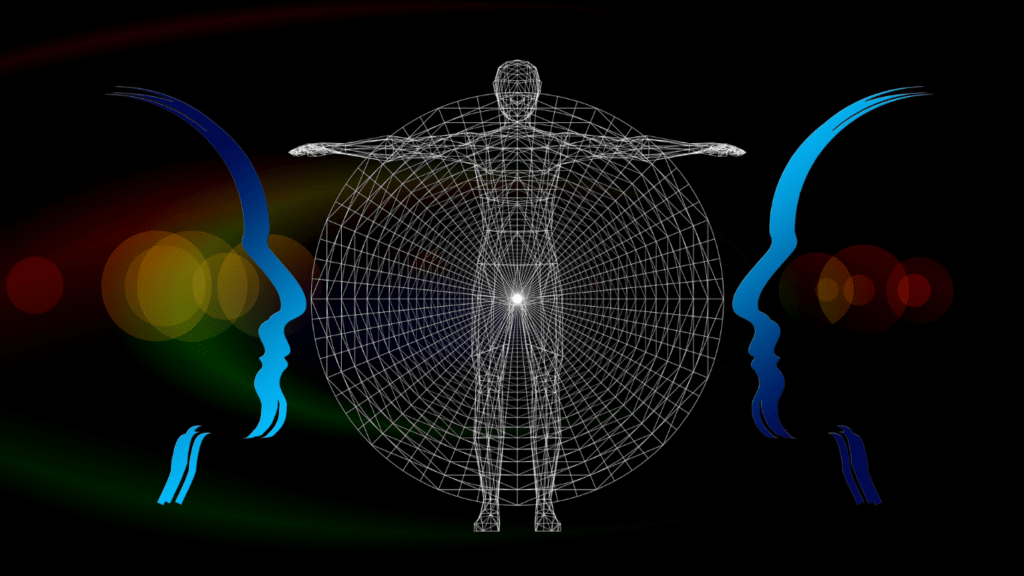Dialing in Your Aim Fundamentals
Aiming isn’t magic. It’s muscle, repetition, and mechanics. Too many players blame bad aim on slow reflexes when the issue usually comes down to poor habits and sloppy setup. Good aim is built, not gifted.
Start with crosshair placement. It’s the easiest fix with the biggest payoff. Always keep your crosshair at head level, not the floor or the ceiling. Predict where enemies will appear, and let your mouse travel less by being pre aimed during every peek. Track movement, not chaos this is about focus, not flinching at every sound cue.
Then there’s sensitivity. High feels fast, but it’s risky. Low gives control, but takes space. What matters is consistency. Your goal is to lock in your effective DPI, or “eDPI” your mouse DPI multiplied by in game sensitivity. It should feel smooth, repeatable, and comfortable over time. Most top players land between 1000 1600 eDPI, but it’s personal. Find yours, then stop changing it.
Aiming is a system. Build the system right, and the wins start stacking.
Muscle Memory Mastery
Training your raw aim mechanics is just the beginning. To become consistent, you’ll need to lock in muscle memory that operates even under pressure. Think of it like lifting weights for your reflexes small, intentional repetitions lead to big results over time.
Daily Micro Drills: Build Automatic Precision
To engrain muscle memory for flick shots, tracking, and micro corrections, daily drills are essential. These should be short, focused, and repeatable.
Flick Training: Rapid switch targets to learn snap aim control
Tracking Lines: Follow fast moving targets without overcorrecting
Click Timing: React to appearing targets at variable speeds
Start with 10 15 minutes of micro drills before every play session.
Top Aim Trainers: Tools That Work
To speed up your progress, use dedicated aim training platforms that track your results and push your limits:
Aim Lab: Great for both flicking and tracking exercises, with customization and performance analytics
Kovaak’s FPS Aim Trainer: Preferred by many pros for its advanced scenarios and benchmark challenges
In Game Aim Trainers: CS:GO’s Aim Botz, KovaaK’s integrations, or Apex Aim Trainer modes provide game relevant routines
Use the trainer that best matches your game’s pacing and aim style.
Pro Level Warm Up Routines
Elite players don’t jump into ranked cold they warm up their aim system first. Here’s what a solid routine looks like:
5 10 minutes of flick + tracking drills (Aim Lab/Kovaak’s)
10 minutes of in game target practice (bots, aim maps, or drill servers)
Transition into low stakes casual matches before tackling ranked
These warm ups get your hand eye coordination primed and reduce early game jitters or inaccuracy.
The takeaway? Consistency breeds precision. And precision wins fights.
Tracking vs. Flicking: What You Should Focus On
There are two core aim styles: flicking and tracking. Flicking is about snapping to a target fast think high speed sniping, quick one taps. Tracking is smoother and steadier, used when targets are moving and you need to keep your crosshair glued to them like with SMGs or ARs in close range fights.
To know what fits you best, look at your playstyle. Do you love holding angles and landing crisp headshots before they blink? You’re a flicker. Are you more about mobility, pushing aggressively, and following your target through chaos? You likely favor tracking.
Now the drills. For flicking, try static target switching in Aim Lab or Kovaak’s. Focus on accuracy over speed at first snap clean, then speed up. For tracking, work on smoothness. “Smoothbot” or “Close Long Strafes” scenarios train your ability to stay locked as the target moves unpredictably. In game warm ups like aim duels in CS:GO or tracking bots in Apex also build both skills naturally.
That said, it’s smart to train both styles even if you lean heavy in one direction. Games throw different aim demands at you. A sniper needs to track between flicks. An SMG user might need to land a precise opening shot. Rounding out your skill set means fewer weaknesses to exploit.
Stick to what feels right, but don’t box yourself in. The best shooters can do both.
Optimize Your Setup for Accuracy

Aim isn’t just about skill it’s also about setup. The gear you use and how you use it play a major role in how accurately and consistently you land shots.
Let’s start with the basics: your mouse, pad, and posture. The pad should have enough glide without losing control. Your mouse should match your grip style claw, palm, or fingertip and sit at a comfortable DPI range that doesn’t require constant wrist strain. Desk posture matters more than most think. Sit upright, shoulders relaxed, elbow at a right angle. Keep your mouse hand level with your forearm. It sounds small, but it’s the base for long sessions without fatigue.
Screen size and resolution change how fast you pick up targets. Bigger doesn’t always mean better. If you’re swinging between wide and close angles quickly, a more compact monitor can actually help reduce over aiming. More pixels don’t hurt either, but balance visual clarity with frame rate. A 240Hz display at 1080p often beats a 4K screen that pushes fewer frames.
Then there’s input lag. This is silent aim killer #1. If you’ve got good reflexes but your clicks and movements feel a half step behind, it’s probably input delay. Dial it down by turning off V Sync, enabling low latency modes, using a wired mouse, and checking game specific settings. Bonus: upgrade to a high polling rate mouse (1000Hz or more).
In short, your aim is only as sharp as your setup lets it be. Get the foundation right, then start training.
Vision and Reaction Time
Your reaction time and visual precision directly impact how quickly you lock onto enemies and fire accurately. Refining this edge isn’t just about practicing aim it starts with sharpening how you see and process motion.
Train Your Eyes to Lock Faster
Focus is everything when trying to spot targets in fast paced matches. Training your eyes to identify enemies faster can give you a major edge, especially in cluttered or chaotic environments.
Practice scanning for movement and color contrast in maps you play often
Use drills that require target acquisition under time pressure
Treat minimap awareness as a periphery habit, not a second thought
Frame Rates, Motion Blur, and Clarity
Your game settings can significantly impact how well you see and respond to enemies. A smooth, responsive display cuts down on visual lag and lets your eyes track movement more accurately.
Higher frame rates = better input to vision sync
Aim for at least 120fps if possible
Turn off motion blur
It might look cool, but it blurs enemy outlines during quick flicks
Use a low latency monitor
1ms response time with G Sync or FreeSync helps keep things crisp
Reaction Drills You Can Do Today
There’s no shortcut to faster reflexes, but there are targeted exercises to build them. Combine physical drills with tech based tools to improve how quickly your brain sends “fire” signals to your hand.
Use aim trainers like Aim Lab’s “Reflex Shot” or Kovaak’s “1 Wall 6 Targets” drills
Try browser games designed to improve reaction time (e.g., Human Benchmark)
Stack daily drills with gaming sessions so your focus stays warm
For a deeper dive, read: Boost Reaction Time
Visual speed and cognitive readiness are often overlooked, but in top tier competitors, they make a noticeable difference. Upgrade your sight and sharpen your strike.
Train Smarter, Not Just Longer
Quality Over Quantity
In FPS games, more time doesn’t always mean better aim. Many players fall into the trap of grinding for hours with little improvement. Instead,:
Prioritize focused sessions: One high quality, distraction free 30 minute aim practice session often outperforms hours of unfocused grind.
Set clear goals before you start: Know what you’re training flicking, tracking, or reaction time and stick to it.
Avoid ‘auto pilot’ mode: Treat each drill like a match situation with full attention.
Use Performance Data to Your Advantage
Tracking your progress helps you identify what’s working and where to improve. Modern tools and aim trainers provide deep insights that you’ll miss if you’re just relying on feel.
Aim scores help you benchmark progress across sessions
Accuracy heatmaps highlight weak zones or missed targets
Session summaries show consistency, reaction times, and hit percentages
Review your stats weekly to notice patterns and make small adjustments to your training based on the data.
Stack Your Habits With In Game Play
Your aim routine shouldn’t exist in a vacuum. The best training routines tie directly into real gameplay scenarios.
Start your gaming session with 10 15 minutes of aim drills to warm up
Use deathmatch or 1v1 arenas to transition from training into competitive mindsets
Mirror your training style to your main game’s mechanics for smoother adaptation
By integrating aim practice into your daily gameplay routine, you make your warmup purposeful and turn habits into performance boosters.
Remember: it’s not about doing more. It’s about doing it better.
Mental Game & Staying Clutch
Winning aim duels isn’t just about mechanics it’s about keeping your head steady when the pressure’s on. In a 1v1, your nerves can hijack your precision. Rule number one? Breathe. Deep in through the nose, slow out the mouth. It’s not new age fluff it resets your brain and stops the adrenaline from taking over.
Tilt happens when frustration builds. Aim feels off, you get impatient, and each death hits harder. The smart move is taking short mental pauses. Between rounds, stand up, drop your shoulders, refocus. Top pros call these resets. They let the last mistake go instead of dragging it into the next firefight.
Build mental triggers, too. A phrase. A tap of your keyboard. Something to snap you awake when the match starts slipping. These micro habits let you reboot without breaking flow.
And yes it’s also physical. Stress slows reaction time, tightens your grip, messes with posture. Want to keep your edge sharp? Check out this method to boost reaction time—it’s a simple upgrade that also keeps tilt in check.
Bottom line: the best aim in the world won’t matter if you choke under pressure. Stay calm. Reset. Fire back.
Wrap Up: Build Aim, Build Wins
Aiming isn’t a gift it’s a skill. Like any skill, it gets sharper with reps, feedback, and refinement. You can’t just play more and expect magic. You need structure.
The top performers don’t separate aim into little boxes. They blend it tracking movement, optimizing setup, drilling targets, managing mindset. It’s a full stack system. You tweak the gear, you log the hours, but you also keep your head clear when it’s down to the final duel.
If you’re serious, stop relying on instinct and start building muscle memory with intention. Be smarter with your time. Track what improves and ditch what doesn’t. Because aim isn’t just about landing shots it’s about stacking win conditions. And that’s something you can absolutely train.
Bottom line: Don’t just aim more. Aim better.



